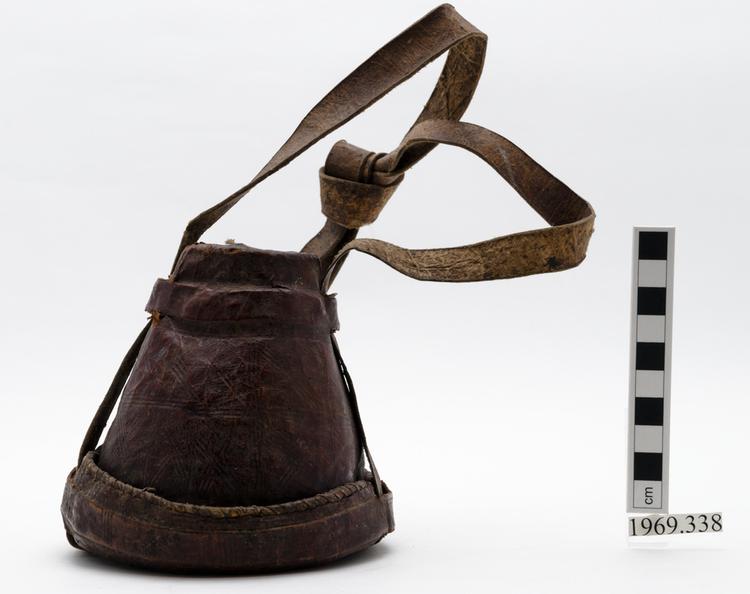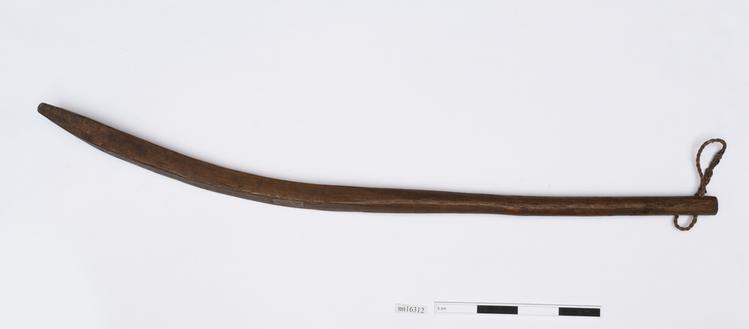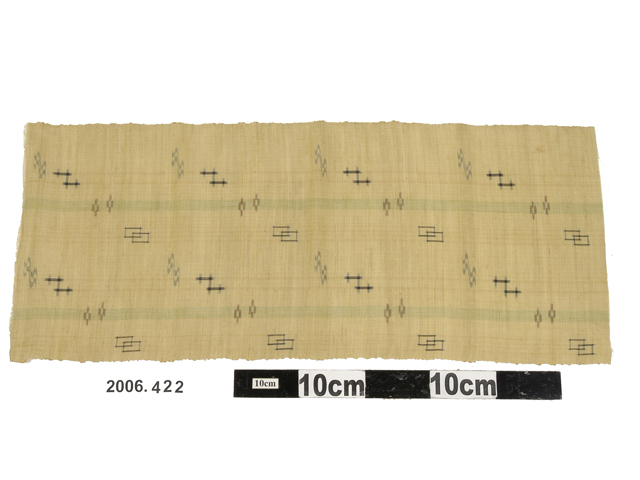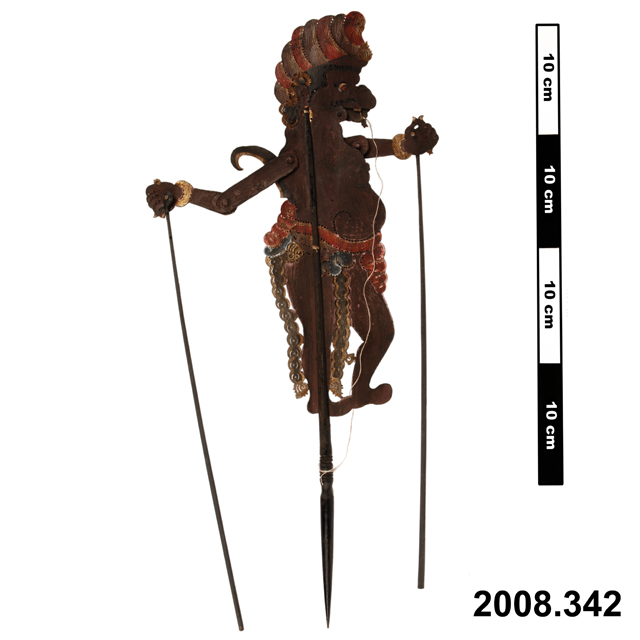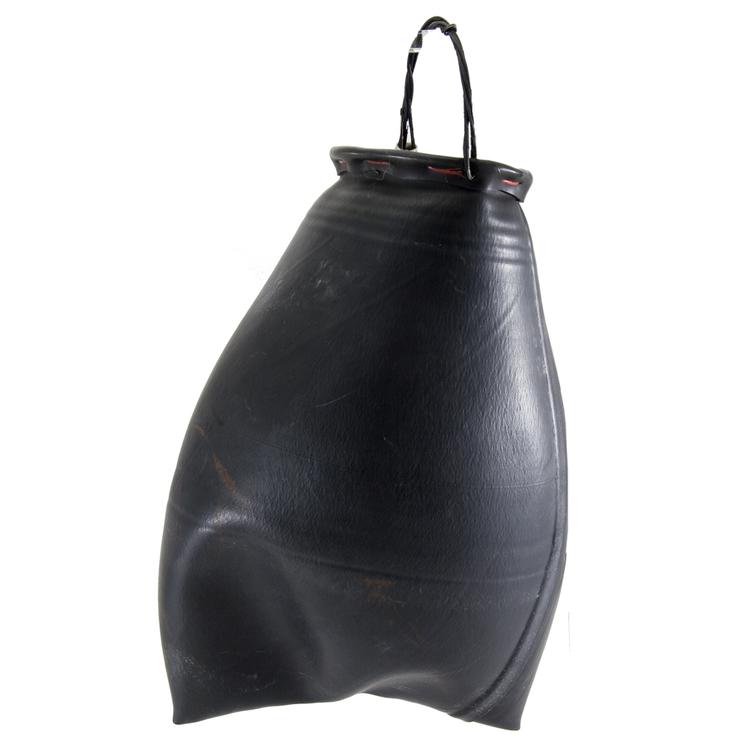
Rubber water bucket with a stiffer metal wire handle.
Used to pull up water from a well.
How is it used? A long rope or length of strong fabric is attached. The bucket can either be lowered down and pulled up by hand or with the aid of a pulley system attached to a frame over the well. In rural Gambia and other African countries there are still many villages that use wells for water, although they are slowly being replaced by mechanically drilled holes with hand pumps at the top as this is more hygienic.
Who is it used by and why them? Women and girls as these are the traditional water carriers in many African countries. Children are needed to help with numerous household chores, but it is also considered important for their education that they have responsibilities in the family/community. In most developing countries all over the world it is the job of women and girls to fetch water. They often have to walk long distances to do this and 10 miles is not uncommon. In the dry season they may walk even further. The water can be dirty and cause health problems such as diarrhoea and dysentery. Children and the elderly are at most risk from these diseases which are responsible for the deaths of thousands of children under the age of five every day. Women often have to wait their turn to collect water which can add hours to the journey, so they leave home very early in the morning or even during the night to avoid the queues. Of course, returning home carrying heavy water is very strenuous. There are many charities who work towards supplying fresh water which sometimes is simply a case of raising money to drill a well and cover it with a pump.



